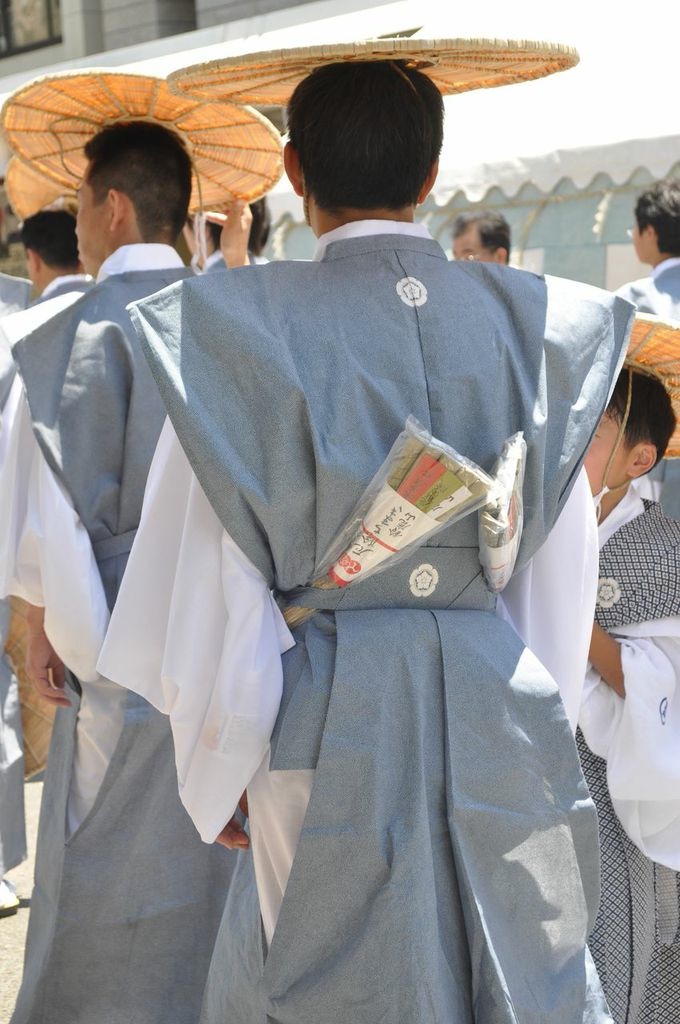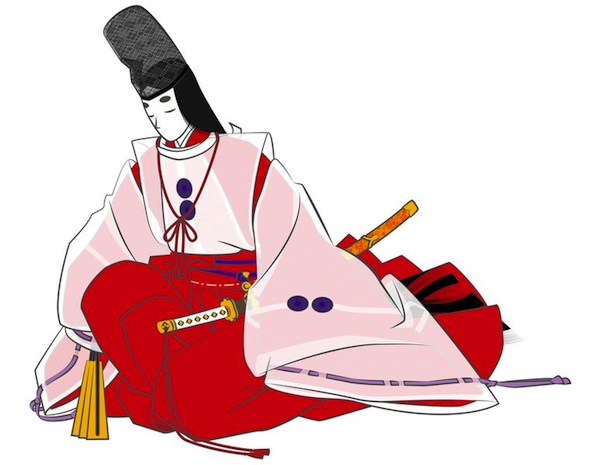LINE stamps start selling on April 25.
Finally….our LINE stamps start selling on April 25.
Sqirrel that wear a Japanese kimono show signs of message that you want to convey.
【kawaii Sqirrel with kimono】
★Click here for related information
https://store.line.me/stickershop/product/1101626/en
LINE stamp
WA Experience KAFU
WA Experience KAFU” provides you an occasion to be a part of Japan. You will discover Japanese spirit through “Wa” (Japanese) cultural experiences with delight and joy using all five senses. “Wa” spirit means our Japanese love for peace, harmony and nature. We offer the experiences of washoku (Japanese cooking), ikebana (Japanese art of flower arrangement), tea ceremony and calligraphy for foreign visitors in English. Here your wonder about “Wa” will be transformed into “Wow”!!
History of the Yukata
 History of the Yukata
History of the Yukata
It is said the word origin comes from the word [Yukatabira] worn to protect a persons body from burn injuries from the steam while using the steam baths in the Heian Period of Japan. The Yukatabira then were used to wipe water much the same as a bathrobe after bathing. It then became a common form of simple clothes for wearing to and from the bathouse among common people during the Edo Period. There are still sometimes those that say [Yukata are not for wearing outside], that opinion stems from the historical use of them as bathrobes.
However, what is referred to today as a Yukata, is completely different from the thing of the past.
From the middle of the Showa Era after the ‘Kimono Culture’ dipped temporarily, a new [Easy to Wear Kimono] began in the 1990’s. This new type of Yukata became very popular with the younger generation, and this is thought to be the start of the new ‘Yukata Culture’.
Conventional Yukatas for example are provided to guests in Japanese Inns to wear in the room or over their pajamas, these are clearly different from the elegant types of Yukatas.
How to Choose a Japanese Summer Cotton Kimono (yukata)

If you are considering purchasing a Yukata, you can choose either tailor made or off the shelf. If you have plenty of time and budget then a tailor made then you can have one made that suits you perfectly by consulting a kimono shop, the finish of these garments is of course the best. However, these days ready to wear, cheaper, off the shelf garments are mostly sold. What you must be concerned with when purchasing an off the shelf garment is choosing your size. Most of the commonly available Yukata are freesize, designed for a person of 160cm in height with a little spare. The Yukata looks best with a shorter in both the length and sleeve. In fact finding sizes for taller or solidly built persons is not very problematic.
On the other hand slimmer or shorter people will often find the sizes too big.
There are some brands that offer an S size but, where there is only a freesize available, order made shops can possibly tailor a garment to a smaller fit to suit you.
Please consult them.
Ohikizuri

Ohikizuri are kimonos of which the bottom is made very long so that it drags on the floor. Those kimonos are used a lot as wedding clothes, but they are also used for theatrical costumes and geishas also wear them. A long-sleeved ohikizuri kimono would be called a “hikifurisode.” Originally in the Edo Era, the bottoms of the short-hemmed kimonos gradually became longer, and although long-bottomed kimonos became in style they were not necessarily regarded as formal wear. Also, the “ohashori” was invented to tuck up the bottom of the kimonos for ease of walking, originally there were no ohashori made with ohikizuris.
However, because making them with ohashoris makes it somewhat easier to move in ohikizuris and since it doesn’t throw off how the ohikizuri will look on a person, currently the plurality of ohikizuris also include ohashoris. Because a person will look beautiful in a spread out kimono bottom, it is a popular style in the old days and now. However, one cannot go outside wearing the ohikizuri in that fashion. It’s acceptable to hold the kimono bottom in one’s hand for a short period of time, but it’s easier to use a rope at the bottom of the obi to hold up the bottom. That rope is called both the “shigoki” and sometimes “kakaeobi.”
Kamishimo (kamishimo)

Kamishimo (kamishimo)
The kamishimo is the full dress of samurai who was born in the Edo era. Because it is a relatively recent dress, is seen well as costumes of ritual and traditional arts today. The kamishimo is a combination of hakama and things like the best (amice shawl, kataginu), we will wear it on top of the short-sleeved kimono (kimono). Shoulder width is the widely sleeveless, and do not match the previous features. There is a image to walk in a trailing skirt of hakama by the impact of historical play, but kamishimo like this is called a “long kamishimo” is the dress of the samurai.
It has to wear a skirt to around ankle in general, this place is called the “semi-kamishimo”.Half Kamishimo was casual wear for Samurai and also formal wear for public.
The origin of Kamishimo is not sure, however, it is considered that sleeve cut version of jacket “Hitatare” after Muromachi Mid Era is the origin. “Hitatare” is a type of jacket which opens at the front established during Muromachi Era. After Maiji Era, there were many laws passed, and there was an order to avoid wearing Hitatare in public, and thus males formal wear changed to Haori-Hakama.
Uchikake
Uchikake
“Uchikake” is clothes that women wear on the kimono. It is usually gorgeous and thick at the bottom with some cotton. The cotton has the effects to make “Uchikake” look more gorgeous as well as to keep the bottom from rolling up or disturbing the feet. Today it is usually used for wedding, but it was originally a formal dress for women from Samurai families. At that time, the custom of layering had been passing away and people began to drape (“uchikakeru” ) another Kosode over a Kosode as a formal dressing, which is the word origin of “Uchikake” Uchikake of this period is specifically called “Uchikake Kosode” on some occasion. It is said that ordinary people started the custom of wearing it for wedding at the late Edo era. However, it also seemed that ordinary women occasionally wore it for some ceremonies even before it.
Today there is Uchikake for summer, while it used to be only for the season from autumn to spring.
So, it was very thick, and it was allowed to tie Uchikake at the hip to leave the upper body uncovered by it as a summer formal dressing.
This style is called “Koshimaki”
Shirabyoshi(Whit rhythm)
 Shirabyoshi(Whit rhythm)
Shirabyoshi(Whit rhythm)
Shirabyoshi is one of the dances, which came about around the late Heian period or the Kamakura period. The dancers are also called as shirabyoshi. Sizuka Gozen is one of the most famous dancers and she often appears in period dramas. Originally, Shrabyoshi dance had a religious connotation. It was considered as the dance dedicated to gods. While some say that most of Shirabhoshi danders were prostitutes, many regard that they share the same origin as “Miko, ” maiden in the service of a Shinto shrine. This might explain the reason why Shirabhoshi’ s attire is similar to the one Miko wears today in many ways.
One thing we should note is that Shirabhoshi’s attire is basically for men.
They wear Suikan and Eboshi, a men’s outfit and a cap the men wore at that time. In many cases they even carry swords.The music and dances originated from Shirabyoshi have been played up to now as traditional art, Some enjoy as their hobbies.
The attire itself is very popular and regardless of the fact that the word “Shirabhoshi” is not heard in general, you may find its outfit in many occasions.








